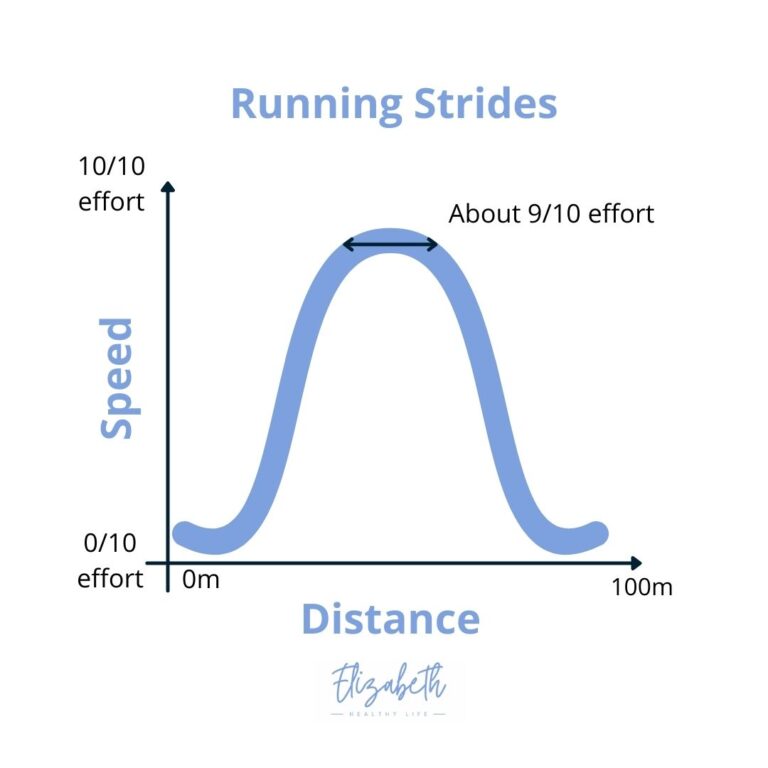Fartlek Workouts: How to Run Fartleks, Benefits, and 3 Examples
If fartlek workouts are not a staple in your training, it’s time to start adding them in. These ever-changing and fun workouts put you in control while helping you become a faster runner and a smarter racer.
Let’s take a look at what fartlek training is, the benefits, and three example workouts.
What is a Fartlek Workout?
Fartlek is the Swedish word for “speed play” and playing with speed is exactly what running fartleks is all about! A fartlek run includes not only a warmup and cool down, but also bursts of faster and slower running. They are about as unstructured as speed workouts come, so there are no assigned paces or distances to these fast and slow running bursts – you get to make it up as you go!
If you are new to speed work, fartleks are a perfect way to slowly add faster running into your training. Because fartleks are run without a prescribed distance and pace, the focus becomes effort. A runner isn’t under any pressure to nail a certain speed. Instead, they run based on their current fitness and whatever pace they end up running during a fartlek is perfectly fine.
Benefits of Running Fartleks:
Don’t let the loose guidelines deter you from fartlek training. Whether you’re a beginner runner or are more experienced, fartleks are full of benefits, which include:
Flexbility
First, fartleks can be performed anywhere. Runners don’t need to find a track or even a flat stretch of road. Wherever you are, whether it’s a trail, city streets, or a hilly neighborhood, a fartlek run can be performed.
Moreover, you decide how fast and how far you want to run before starting a recovery portion. For example, it’s possible you choose to run based off street signs. You run to the first street sign at a moderate-hard effort or 6/10 effort, recovery jog to the next, and repeat.
Finally, many runners enjoy the flexible nature of fartleks. These no-pressure workouts give runners a break from focusing on a specific speed and distance, and turn the focus to effort and time. The underlying theme with fartlek workouts is having fun so enjoy your time out there!
Speed and Endurance
Given the unstructured nature of fartleks, it’s easy for runners to assume they won’t reap as many benefits as they might during an interval workout or tempo run. However, fartleks challenge runners to sustain certain efforts repeatedly. This training not only helps build speed over time but also sharpens a person’s ability to give a finishing kick at the end of a race.
In addition, because fartleks keep a runner constantly moving, they are key to building endurance and improving both the aerobic and anaerobic system; runners recover during fartleks by slowing down and decreasing their effort, not by stopping and standing to catch their breath.
Related: Introduction to Speed Work
Mental Training
Also, fartlek workouts help build mental strength. Because runners perform fartleks while focusing on effort, they teach you how to tune into your body and learn what different efforts feel like. Over time, a runner will learn what “moderate” feels like, in addition to “moderate-hard”, “fast”, “hard”, and “recovery”. By learning how to run based on perceived effort and make adjustments as you run, you’ll become a smarter runner and ultimately, a better racer.
Related: How to Build Mental Toughness: 6 Ways Runners Build Mental Strength
What’s the Difference Between Fartlek Workouts, Intervals, and Tempo Runs?
Fartleks are similar to intervals and tempos and while all three should include at least a 10 minute warmup and cool down, there are some key differences.
Typically, intervals have both assigned distances and paces or efforts with possibly a complete rest between each rep. For example, running 400m repeats at 5k pace on the track with a 2-minute standing rest is an example of an interval workout. The standing rest allows the runner to fully recover and bring their heart rate down before heading into the next rep. Unlike intervals, fartlek workouts have no assigned distance and keep the runner constantly running; the runner recovers while they are running by slowing their pace and decreasing their effort.
Furthermore, tempo runs are usually done at a threshold pace or effort (an effort a runner can hold for about 60 minutes). As a person progresses through their training, the duration of a tempo run increases. At first, it may be just a few minutes though overtime it can build to 20-30 minutes. On the other hand, fartleks allow the runner to constantly change their speed.
3 Examples of Fartlek Workouts:
1. Running based off your location:
- 10-20 minutes of easy warmup jogging
- Run to a mailbox, street sign, tree, lamppost, etc. at desired effort, recovery jog to the next. Repeat for 15-20 minutes.
- 10-20 minutes of easy cool down jogging
2. Running based off time:
- 10-20 minutes of easy warmup jogging
- 4-8x (30 sec-4 minutes at desired effort, 1-3 minutes at recovery effort)
- 10-20 minutes of easy cool down jogging
3. Running with a group:
- 10-20 minutes of easy warmup jogging
- Each person in the group has one or two turns (depending on the number of people) to choose the effort and distance, followed by a stretch of recovery running
- 10-20 minutes of easy cool down jogging
If you listen to music while running, you could even structure your fartlek around the songs. For instance, you could run fast during the main chorus and recovery run during the parts in between. The possibilities are endless!
3 Principles of Slowing Adding Speed Into Your Training:
If you’re looking to slowly add speed and faster running into your training, start with these three strategies:
- Strides
- Fartlek workouts
- Hill training
Interested in Running Fartlek Workouts?
Fartleks should be a staple in your training! Email me at [email protected] or check out my Run Coaching Services page to work together and get started with fartlek workouts.
Comment Below:
Do you include fartleks in your training?
What’s your favorite thing about running fartleks?













